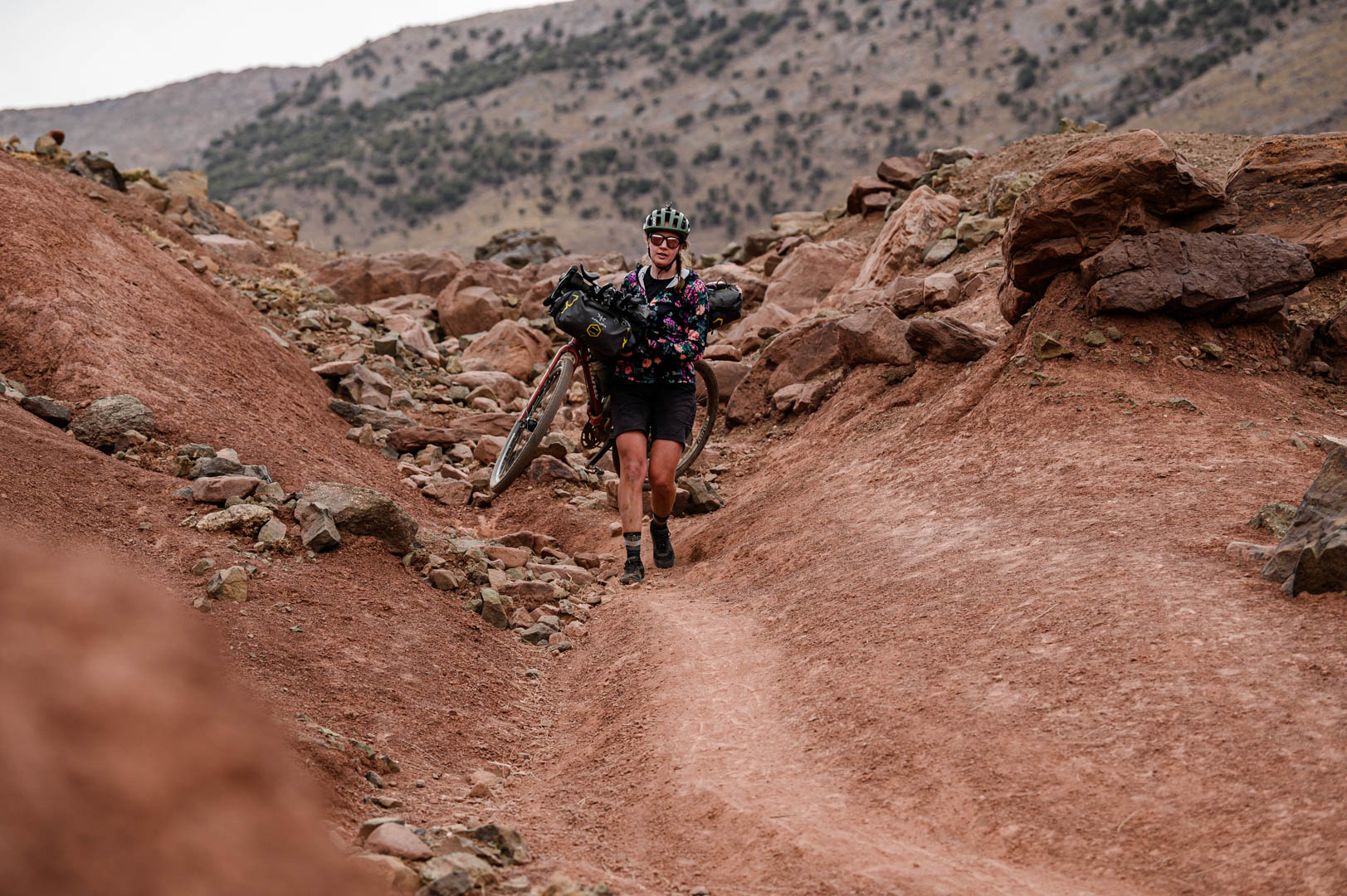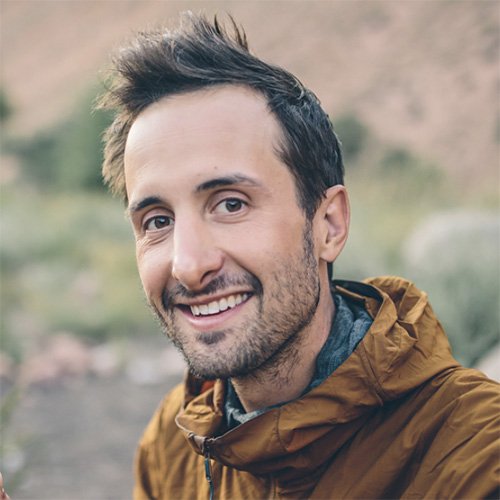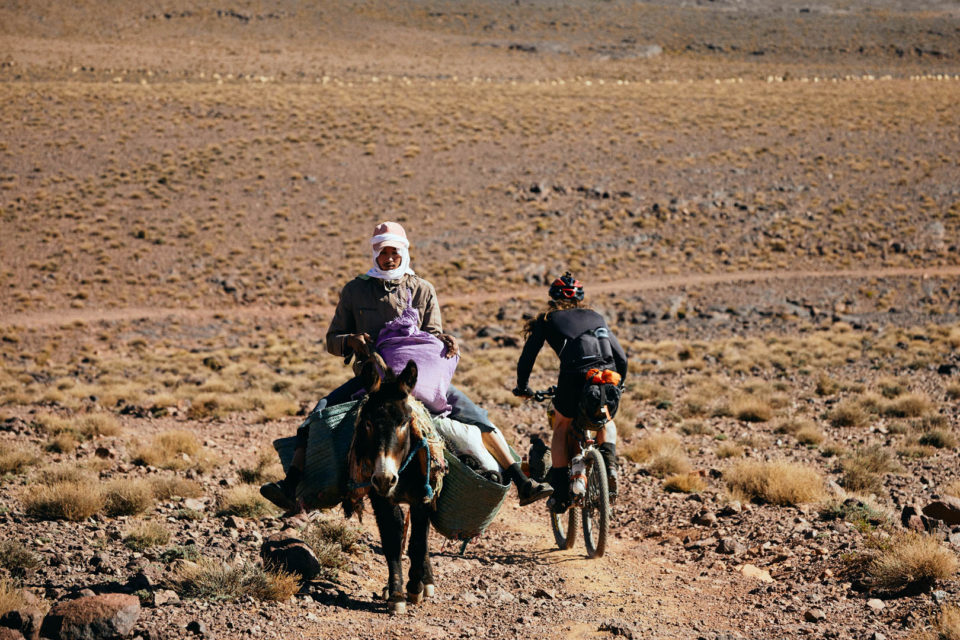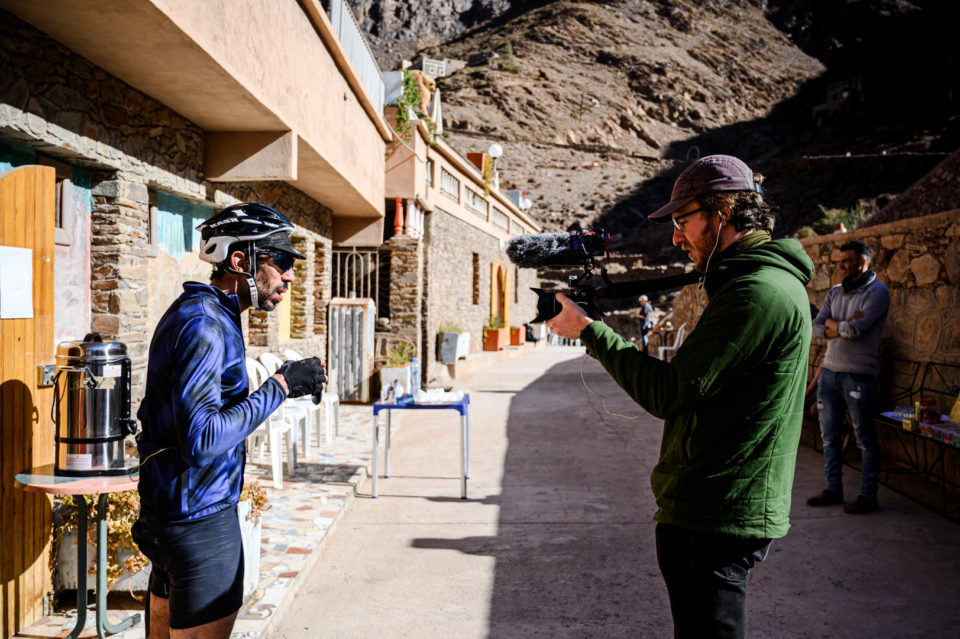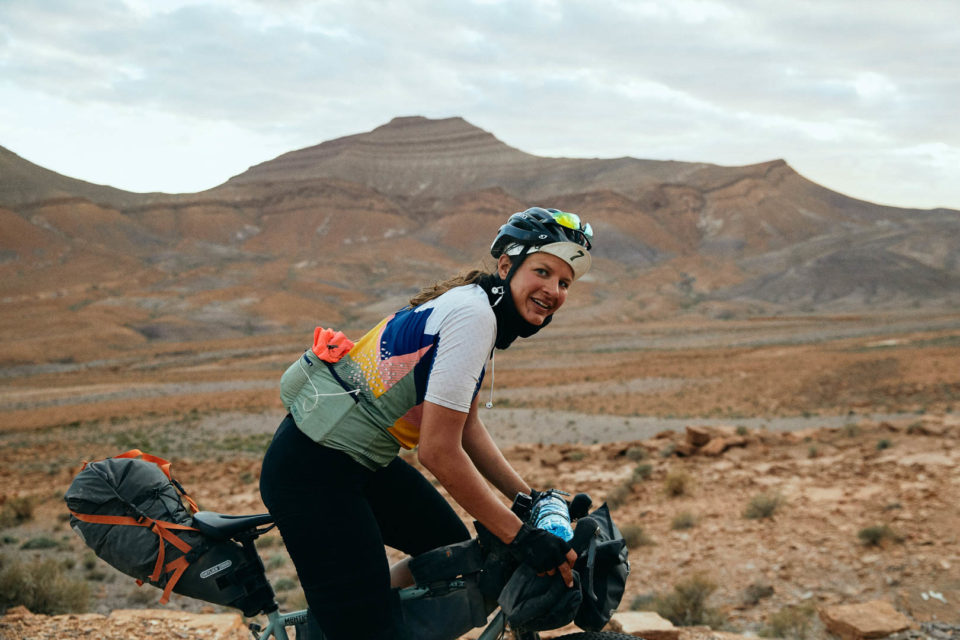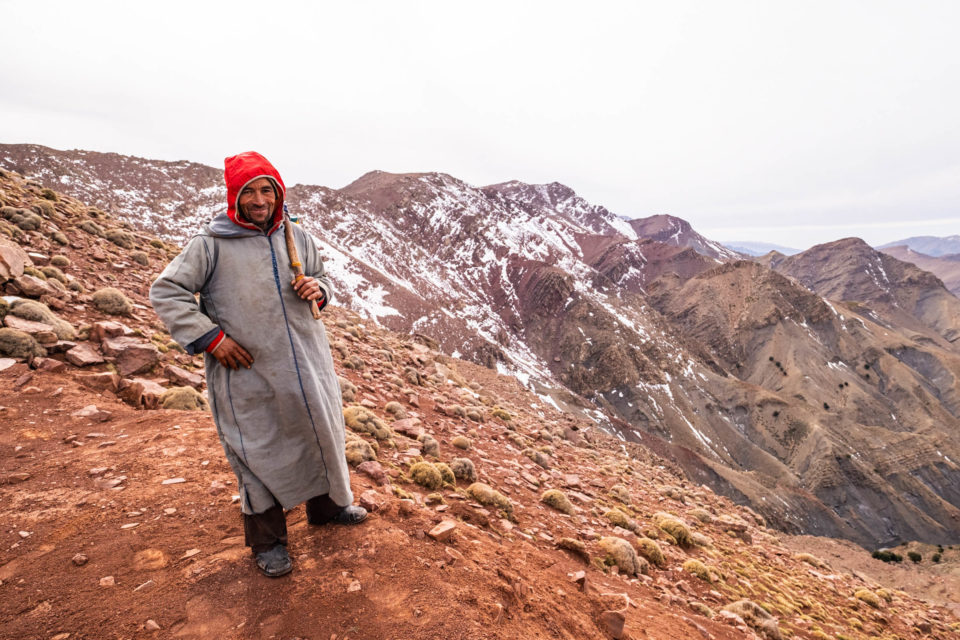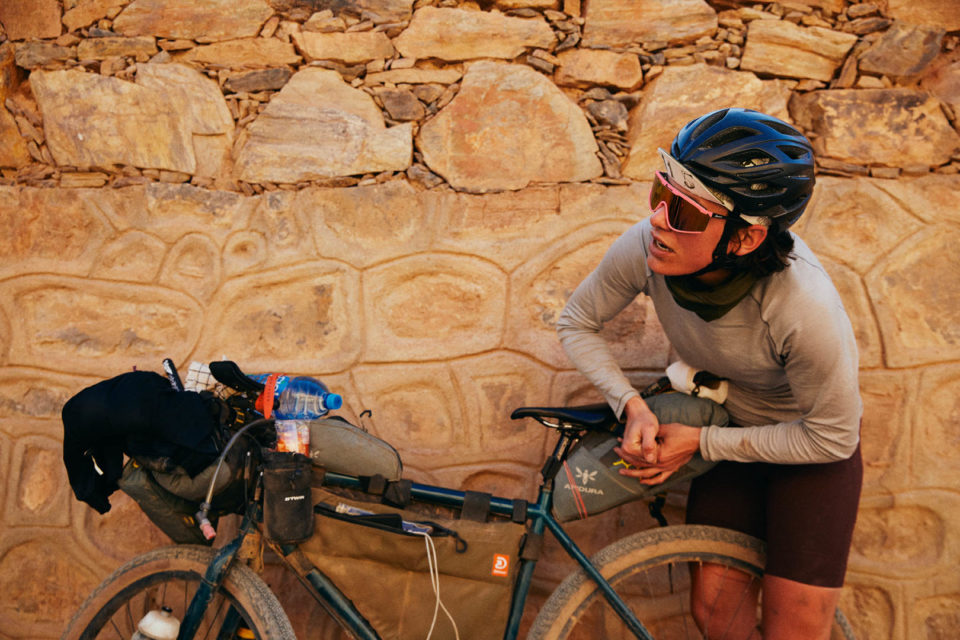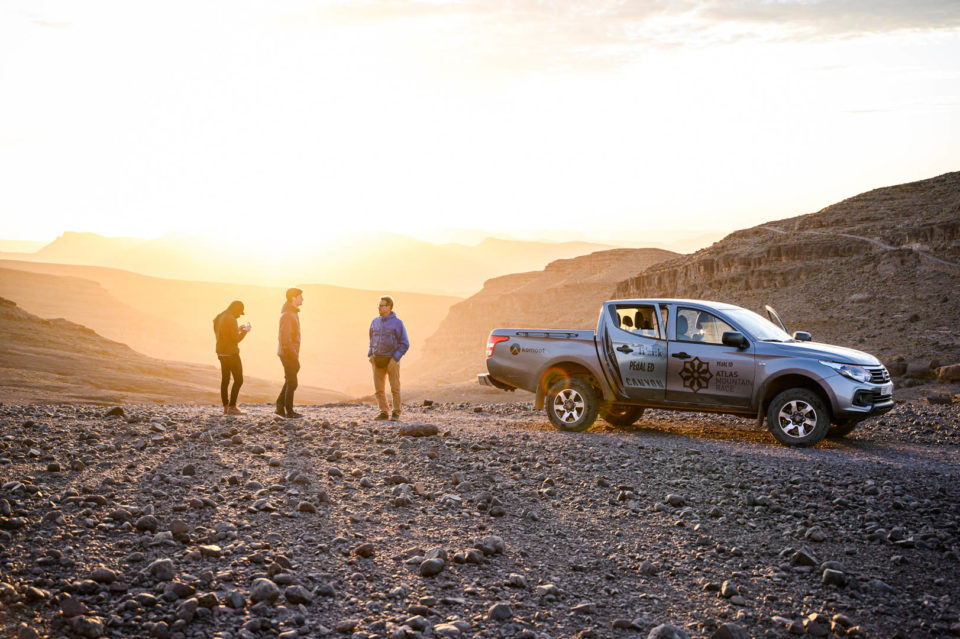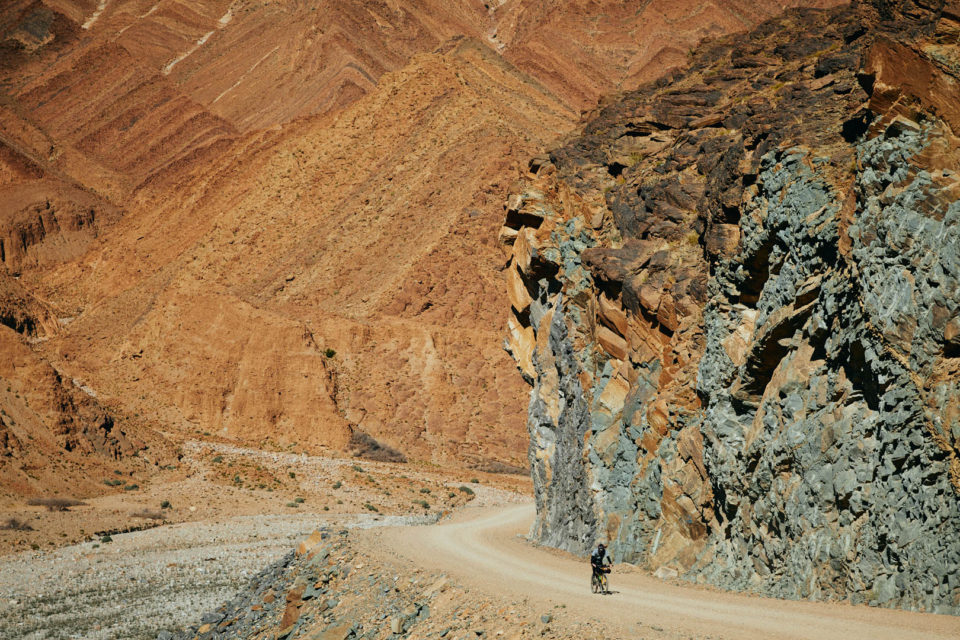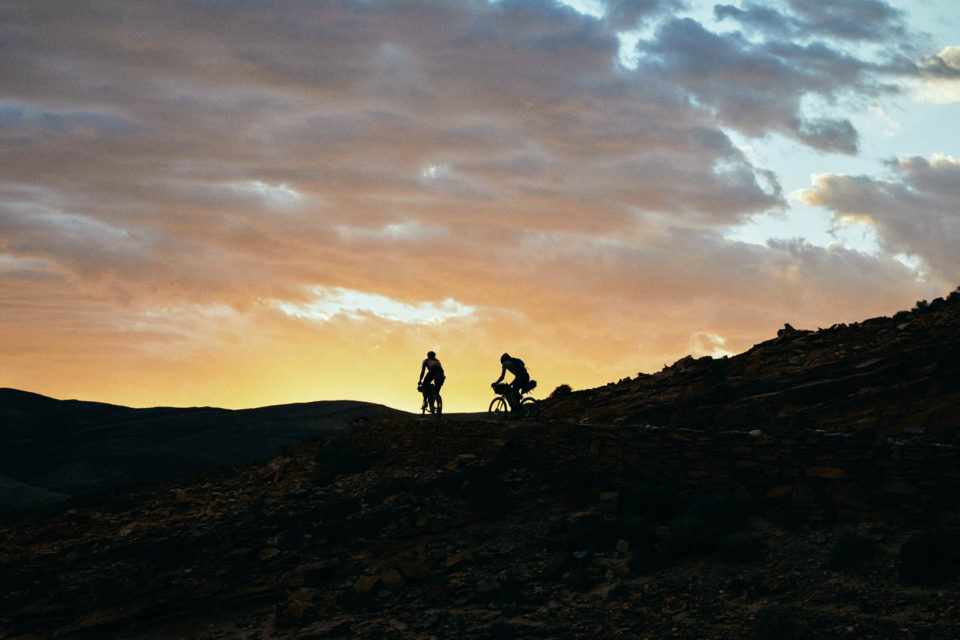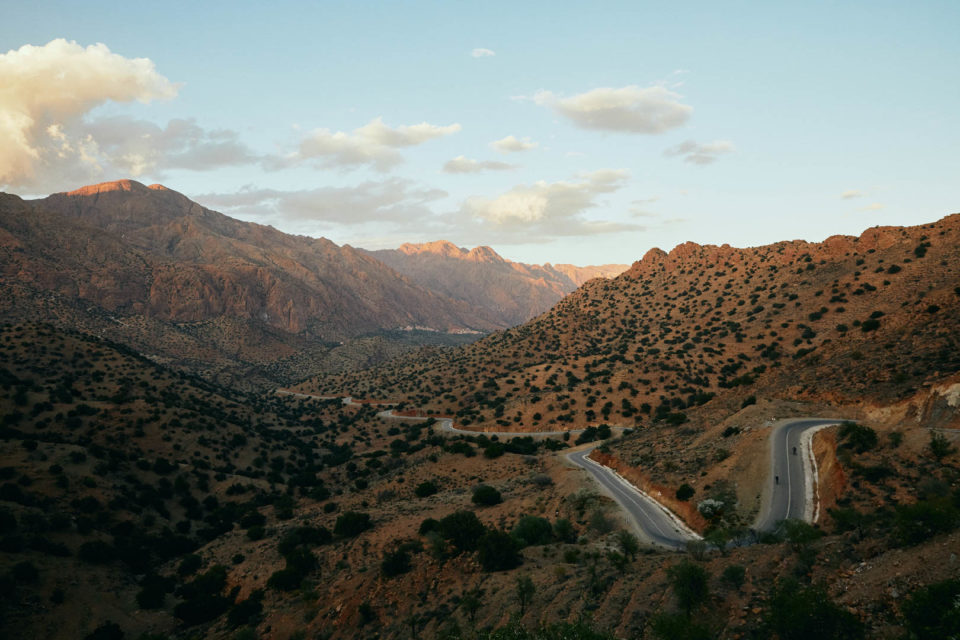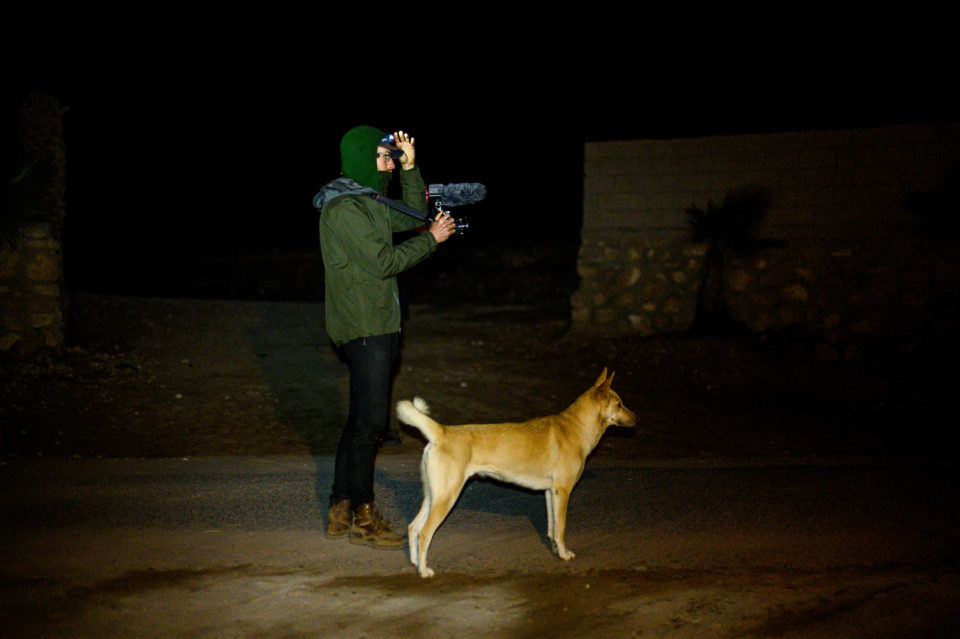Into the Rift: The Story of the Atlas Mountain Race (Film)
Share This
Just released, Into the Rift is a film that chronicles the inaugural Atlas Mountain Race, following a number of riders as they traverse 1,200 kilometers of Morocco’s spectacular scenery. Watch it here, along with an interview with filmmaker Brady Lawrence, plus a selection of behind-the-scenes photos…
Into the Rift is a new film from our friend and contributor to The Bikepacking Journal, Brady Lawrence (@bradylawrencephoto), that offers an intimate look at the inaugural Atlas Mountain Race in Morocco. The 1,200-kilometer race route took riders through some of the country’s most rugged and remote routes, packing in an incredible 25,000 meters (82,000 feet) of climbing as it wound its way from Marrakech to the Atlantic coast.
Participants had just eight days to complete the route, and the fastest among them—including several of the most well-known ultra-endurance riders in the world—managed to finish in just days, overcoming sleep deprivation, mechanical issues, and the sweltering desert temperatures to set unthinkably fast times during the first running of the race. Into the Rift closely follows a handful of those riders to share their experiences, set against a backdrop of Morocco’s breathtaking landscapes.
Watch the full film below, then continue on for still photos from Johnny Hines (@jonnyhinesphoto) and Nils Laegner (@nils_laengner), plus an interview with Brady about his time in Morocco shooting the film.
How’d you get involved with documenting the Atlas Mountain Race?
I’d done photo work for PEdALED in the past, and when I heard they were sponsoring the first Atlas Mountain Race in Morocco, I immediately reached out and offered to help in any way I could. I’d already ridden part of the route on my month-long tour through Morocco in 2018, so I felt well-equipped to slot in as either a photographer or filmmaker for the race. It turned out they wanted to make a spiritual sequel to Wild Horses, their film about the Silk Road Mountain race in Kyrgyzstan, and asked me if I wanted to direct it!
Tell us about the film’s title, Into the Rift.
The working title of the film was The Sun and the Sand, which felt fairly boring, but I really couldn’t think of a title that fit the film for several weeks. I’ve always loved the name of the Great Rift Valley in Kenya, where a lot of the world’s best distance runners come from, and “rift” was a word that I kept coming back to. A rift is simply a crack or fissure, but the term can be applied to both geological formations and people or relationships. In the end, Into the Rift just looked and sounded right when I put it into the title sequence of the film. The race and the film are both about these incredible riders descending into stunning canyons that are actual massive rifts in the Earth, while also diving into the psychological rift that’s created when you push so far beyond the point where your brain and body beg you to stop.
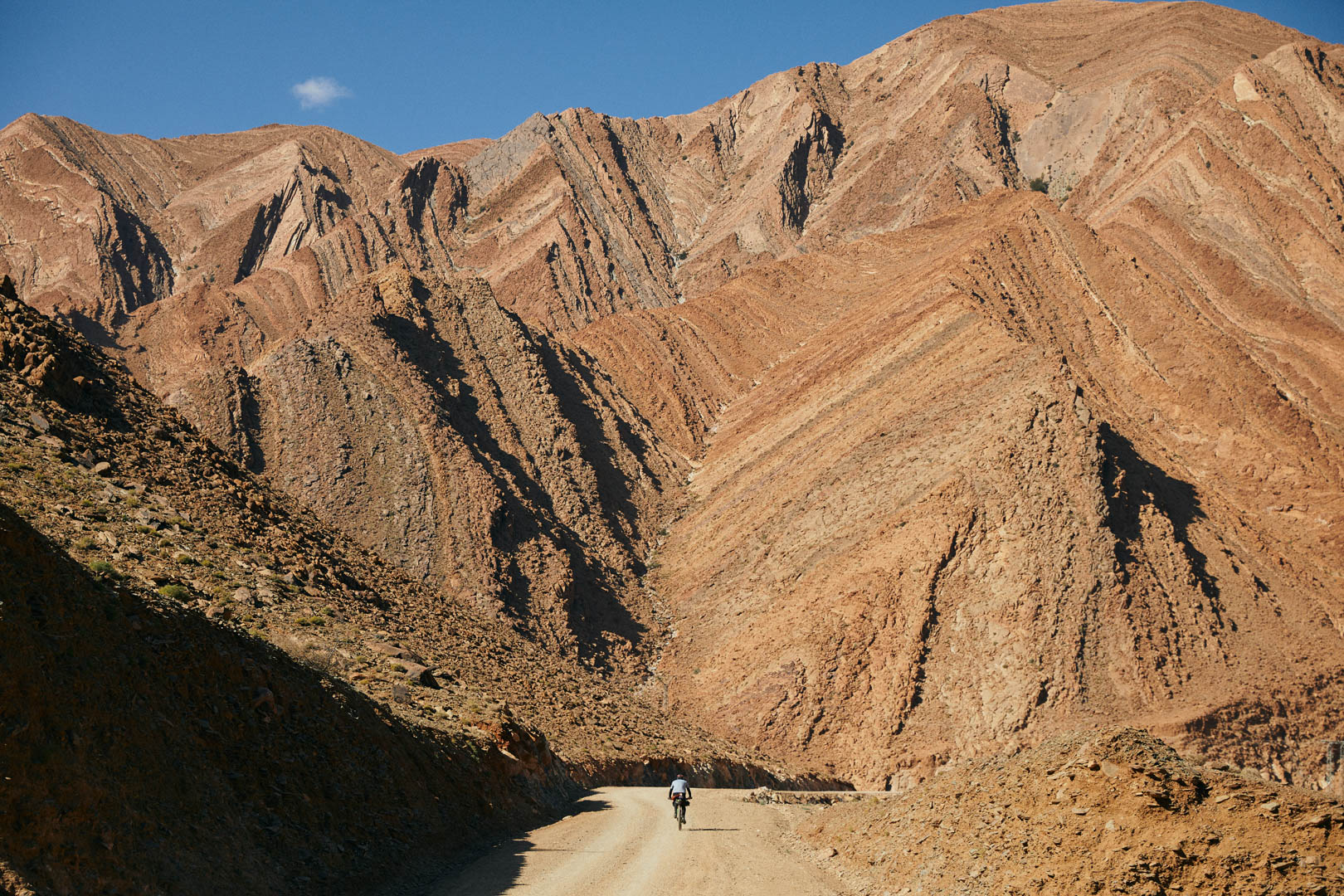
What were you hoping to capture when you first started filming, and how’d that differ from what you ended up with?
Going into the race, I didn’t want to make a film that was too serious or melodramatic. I wanted to capture the humor that comes out in events like this. While some endurance athletes are no-nonsense types, I find that most have great senses of humor and are well-aware of just how crazy these types of ultra-distance races are. I also wanted to capture a more diverse cross-section of the field than you might normally see. This meant a lot of driving back and forth through the race, but it allowed the focus of the film to go beyond just the top finishers. Ultimately, I think we did a good job of capturing those things.
What I didn’t expect to focus on so much was sleep deprivation. The top riders slept so little that it became a major part of the story. It was what everyone was talking about at every checkpoint: “Hey, did you hear so-and-so is almost finished and only slept one hour?!” It was easy to get caught up in the madness of that, and it honestly still boggles my mind. It was hard enough to shoot every day on two to three hours of sleep, let alone ride multiple days straight on technical terrain with zero sleep.
What unique challenges did filming a race across Morocco present?
Dust. There was dust everywhere. I’m honestly not sure I’ll ever get all of the dust and sand out of my camera equipment. At a certain point I sort of gave up trying to keep the lens totally clean, and you can see it a few times throughout the film. It was also wild trying to follow the cyclists in these little 4×4 Fiat trucks.
Honestly, this movie was just as much made by Jacopo Porreca, Chris Trees, and Nelson Trees as it was by me. They drove non-stop, night and day on the gnarliest gravel roads I’ve ever seen. There were times when we’d be driving along the edge of a cliff overlooking a canyon and the road would just get narrower and narrower. I don’t think I could have done it. At the very end of the credits I put in a little scene where Jacopo has stopped the truck because the road was just gone. It was already a questionable road and then it just dropped away entirely. The process of turning around to come back down was impressive. We did something like a 30-point turn on the side of a mountain.
It’s also nearly impossible to get a drone into Morocco, but that’s another story entirely…
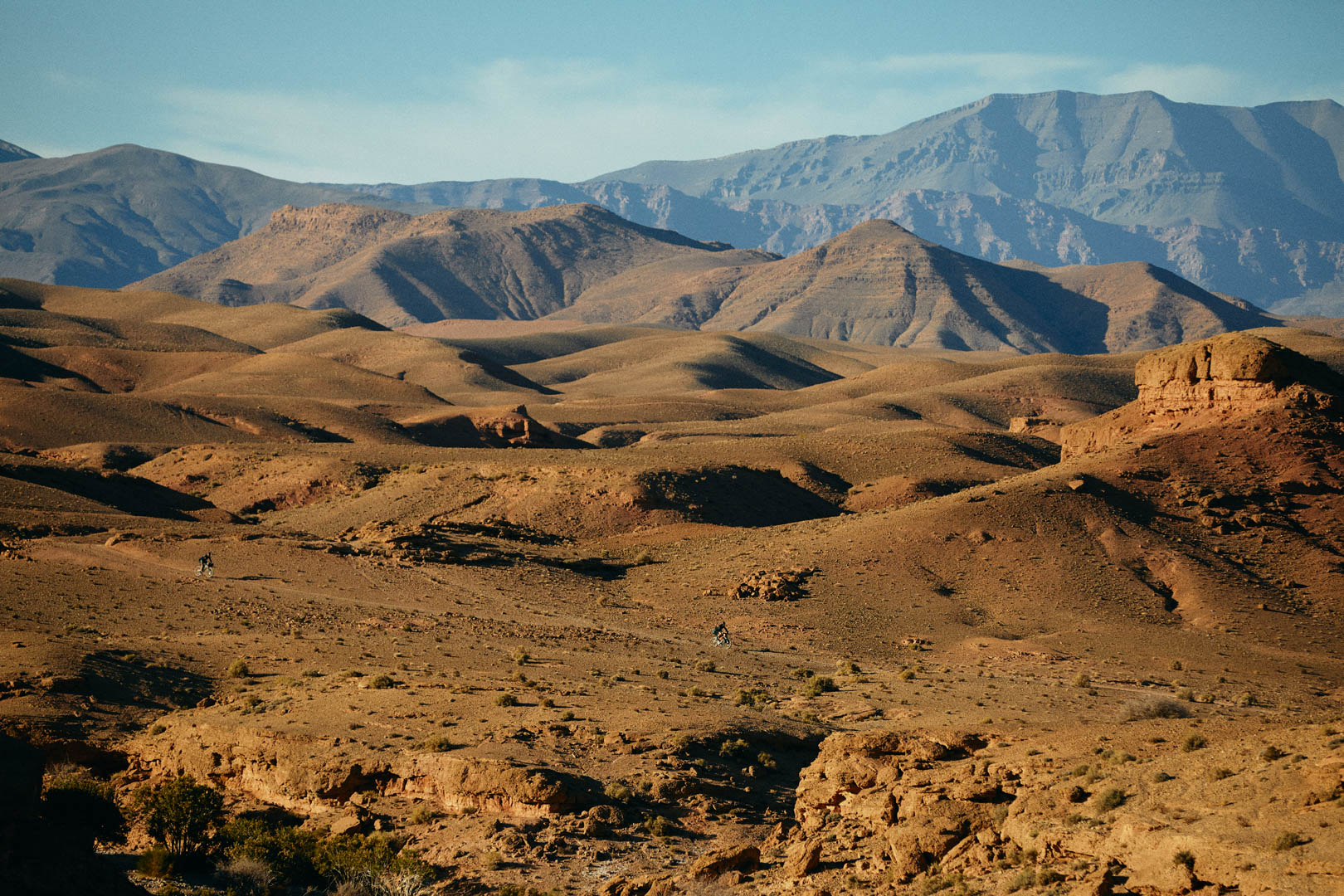
You shared a story from Morocco in the first issue of The Bikepacking Journal back in 2018. Did anything about the country feel different on this visit? How have things changed since your first trip?
The rural and more remote areas of Morocco felt about the same. In that story, I wrote about how no matter where you go in Morocco—even 75-miles out on the most beat-up road you can find—there are always people around. Whether it’s a shepherd or a Berber family, there are always people within sight.
Marrakech and the more urban areas are a different story. In just two years, Marrakech has blown up. It’s clear that tourism keeps ramping up there. The whole area outside Medina is full of new malls and upscale developments. It’s almost nothing like the rest of the country. I’m sure COVID-19 is slowing that down for now, but the rate of development there is astounding.
What’s one thing you observed out there that’s stuck with you since coming home?
It’s the cheesiest answer to this question, but it comes down to the people. The type of person who competes in these races is the nicest and friendliest type of cyclist I’ve encountered. I’ve shot both road and mountain bike races, and there’s something about adventure cyclists, or whatever you want to call them, that’s a little different. I was never met with any pretension and almost everyone was eager to talk on camera, which is not always the case. It could be because there’s not as much money in this part of the sport and everyone is just doing it because they love it. More than any other event I’ve documented, I feel like I came away from this one with several new friends. Also, the oasis of Aguinane has got to be one of the more beautiful places I’ve ever been. I have every intention of going back there and riding the descent into the valley. Doing it in a car (and with a drone), just didn’t do it justice.
Because someone will ask, what kind of camera gear was used to film this?
The age-old question! I wanted to go as lightweight as possible, so I shot this entire film on a Fujifilm X-T3 that I rigged up as a cinema setup with a mic and preamp. I used almost exclusively the Fuji 10-24 mm f/4, but also brought the 55-150 f/2.8. The whole thing was shot in 4k to give me as much flexibility as possible in post. I used a Ronin-S gimbal and many of the riding shots in the film are just me sprinting next to the riders with that. The drone shots are from the Mavic Air.
Lastly, do you have any rides or film projects on the horizon?
I’m planning on riding from where I live in Seattle to Missoula, Montana, on the Cascades to Palouse Trail with friends in September, but if lockdown relaxes, I want to ride Three Sisters, Three Rivers in Oregon before then. As for films, I’m hoping to make a short bikepacking / character piece about my dad in North Carolina where I’m from. He’s a cyclist, and while out riding in 2013 he had an oak tree fall on him and almost kill him. He broke multiple vertebrae, ribs, collapsed a lung, and got a TBI, but was ultimately lucky that someone saw it happen and was able to get help. He was riding a Santa Cruz Tallboy and the tree sheared the thing in half. He made a stunning recovery, and being able to get back on the bike was a part of that. That’s a story I’ve always wanted to tell and now seems like a good time!
Find lots more from the inaugural Atlas Mountain Race at #Atlas-Mountain-Race.
Please keep the conversation civil, constructive, and inclusive, or your comment will be removed.






